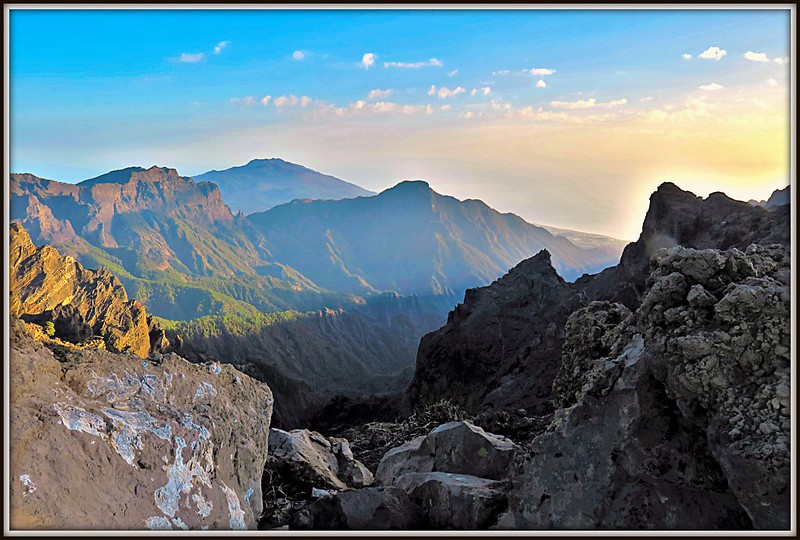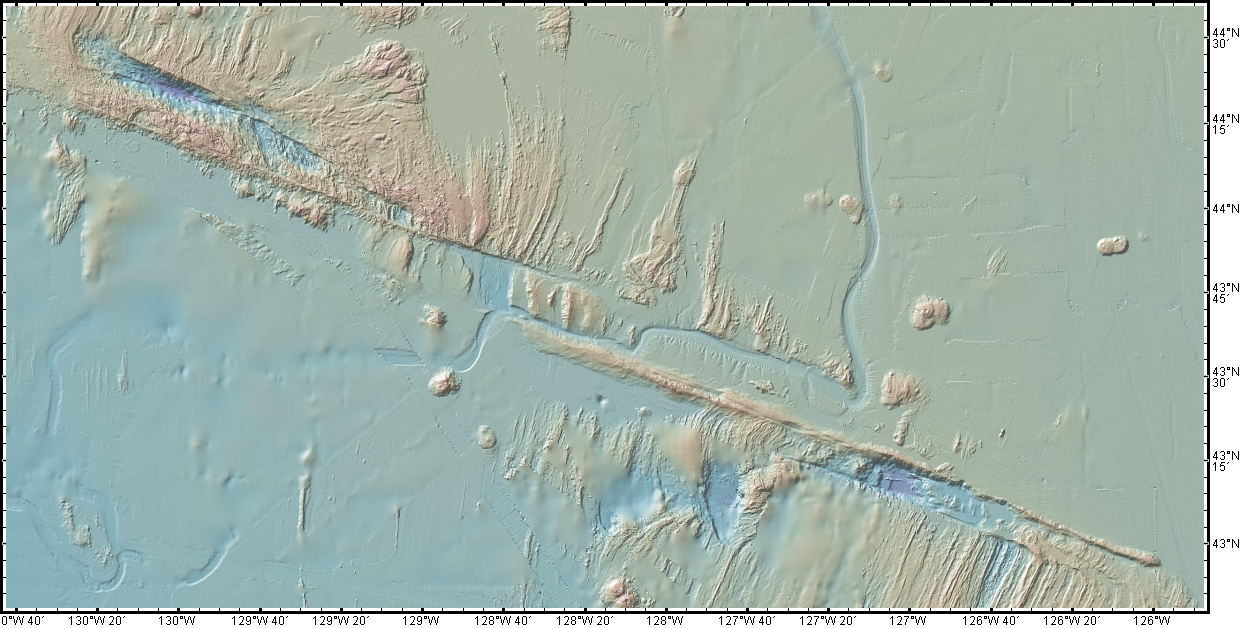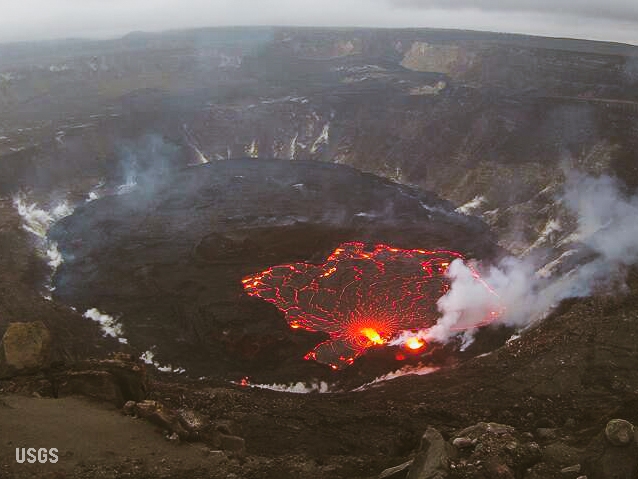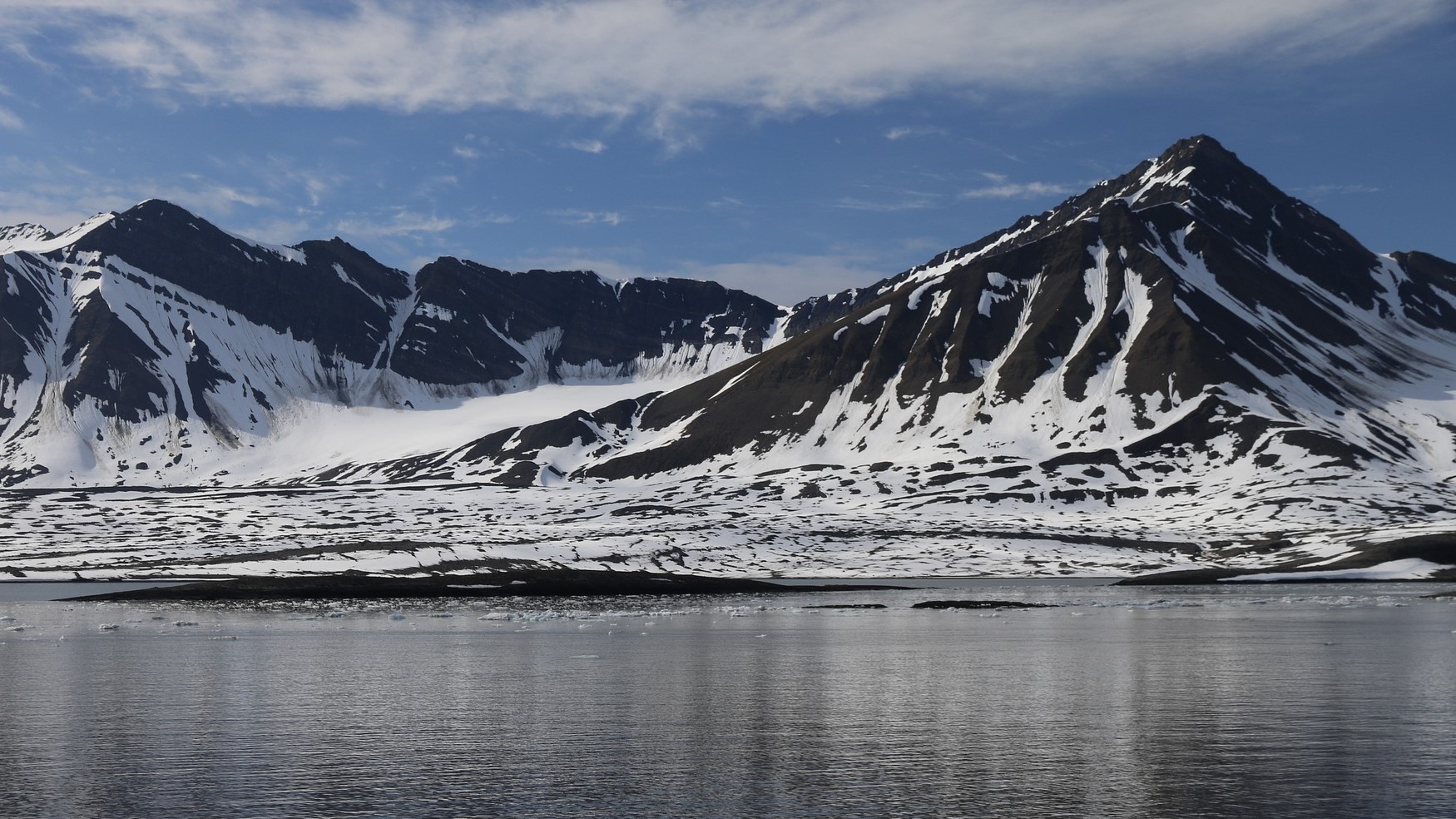Month: December 2021
Why La Palma is Like This vol. I: The Seamount that Soared

This post first appeared on Patreon. To get early access, plus exclusive extras, please visit my Patreon page.
Now that we’ve got the geologic context of the Canary Islands as a whole figured out, it’s time to zero in on La Palma. How did she get here? Why are all the recent eruptions happening only on one half of her? What might be in store for the future? Does the fact that the most recent eruption is the longest and most voluminous of her entire recorded history mean the island is doomed? And is her active volcanic ridge, Cumbre Vieja, going to fall into the ocean and wipe out the East Coast of North America?
(I won’t keep you in suspense on that last one: the answer is almost certainly a resounding no. So while we’ll talk a bit about former collapses that have shaped the island, we won’t be spending any time on the megatsunami theory. Sorry not sorry.)
A Brief History of La Palma
La Palma is the second-youngest Canary island, and is still growing. She is, in fact, the most vigorously volcanic of the Canary Islands, boasting the most eruptions on record since the Spanish settlers arrived. And that’s just the last 500-ish years of her history: she’s actually about four million years old, if you count from her birth as a bouncing baby seamount. Nearly all of those years involve very hot rocks. (more…)
The Blanco Fault Zone Rides Again

Do we have to do this again so soon? Really? Oh, geez.

Must we really, CNN? Credit: Dana Hunter
I’m not going to link that article, because while it does quote seismologist Harold Tobin up front basically saying nothing to see here, folks, everything’s normal on the Blanco Fault Zone, it also tries to scaremonger. And I’m so over the scaremongering.
Listen. This is the Blanco Fault Zone. Earthquake swarms with many temblors of this magnitude are its specialty. It means absolutely nothing for the mainland. Zip. Zilch. Nada. Read this very good article on Oregon Public Broadcasting, which laid out the facts in beautiful form.
And no, this has utterly nothing to do with submarine volcanoes. No, not even Axial seamount. Dr. Jackie Caplan-Auerbach wrote an entire post explaining how much it’s not that:
There have been a lot of questions about the recent Blanco tranform activity, including whether these are related to volcanic activity in general, and Axial Seamount in specific. The short answer is no, these are definitively not volcanic quakes, but more detail follows.
First, the Blanco Transform fault is the most active fault in the Pacific NW, with very frequent quakes >M5. We can tell that these are normal Blanco faults by their location, by the way they fail (these are strike-slip earthquakes, consistent with the fault’s normal behavior, and happily, the type least likely to generate tsunamis).There is no volcanism associated with transform faults. The nearest frequently active volcano (and the one people most often ask about) is Axial seamount, which is ~300 km from the activity we are seeing on the Blanco this week. This is much too far apart for these features to be associated with one another.
And I swear we all have to do this every dang time.
For anyone who’s been worried that this is the harbinger of something geologically awful in the Pacific Northwest, please be assured that it is not. This is absolutely business as usual on the Blanco Fault Zone. This is what it does. It’s not going to trigger the Cascadia megatsunami. It’s not even going to cause any minor inconveniences to the mainland. Volcanoes aren’t going to be triggered. Literally the only way it’s going to become an issue is if we decide to build a seafloor city right on top of it. Which, knowing humans, someday we will definitely do.
Just a hair over two years ago, my Scientific American article explained why the Blanco should be considered a fun rather than fearsome fault zone. I shall now reproduce that article here, because literally nothing has changed except the date. Please bookmark this to reference whenever someone starts freaking out over the Blanco’s latest antics. It’s all chill, folks. Just enjoy it’s little productions! Because they’re actually entertaining and informative from an earth science perspective, just the way we like our geology. (more…)
Standing of the Stones: Island Volcanoes Abounding Edition

Hello and welcome to a new, semi-weekly feature in which I’ll share snippets of earth science news, cool things I’ve stumbled across, pretty pictures, status reports on upcoming articles, and whatever else seems interesting.
La Palma: Still on Fire
This has been one of the longest eruptions in La Palma’s recorded history, and is posed to be the longest, if it keeps going. Some of the recent lava fountains have exceeded 1,600 feet (500m) in height. The person who runs the GeologyHub channel has discovered a pattern in the data that suggests something interesting (and ominous to the locals) about the relationship between deep earthquakes and eruption activity on the island.
Can you believe where some of that ash ended up?!
It looks like the eruption may break some records. Interesting times indeed.
Why Is La Palma Like This?

